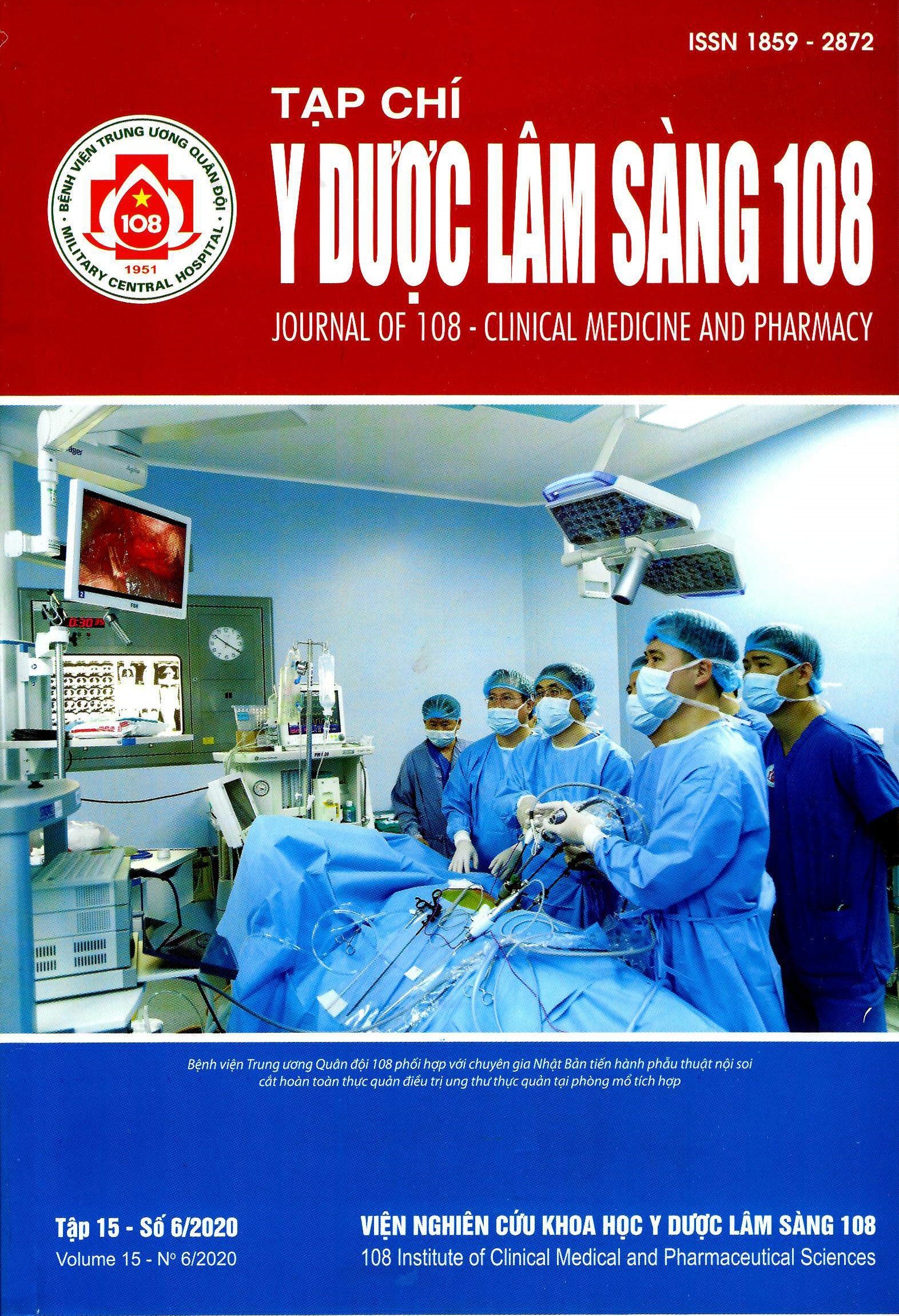Endovascular treatment for acute ischemic stroke in the within 6-hour and 6 - 24-hour window by simple imaging protocol
Main Article Content
Keywords
Abstract
Objective: To compare outcomes of patients submitted to endovascular treatment (EVT) presenting within 6 hours or 6 - 24 hours, selected using simple imaging protocol. Subject and method: A prospective study was performed, which included consecutive patients with anterior circulation ischemic stroke eligible for EVT within 6 hours or 6 - 24 hours between November, 2017 and July, 2019. Result: Of the 184 patients were included, 107 (58.2%) received acute treatment in early window. Baseline characteristics were similar between groups, except for longer onset to groin puncture time (300 vs 705 minute; p<0.0001), higher NIHSS (13 vs 16, p<0.0001), lower in ASPECTS (9 vs 8; p<0.0001), in the late window group. No significant differences in successful reperfusion rate and rates of parenchymal hematoma type 2 (81.3% vs 83.1%, p=0.75, 4/107 vs 4/77, p=0.63, respectively). Functional independence (mRS 0-2) and mortality at 90 days did not differ significantly (65.4% vs 57.1%, p=0.25, 10.3% vs 6.5%, p=0.43, respectively). Conclusion: This observational study suggests that EVT may be safe and feasible in patients presenting within 6 - 24 hours selected using clinical-core mismatch and collateral blood blow.
Article Details
References
2. Santos T et al (2018) NCCT and CTA-based imaging protocol for endovascular treatment selection in late presenting or wake-up strokes. J NeuroIntervent Surg 0: 1-5.
3. Barber PA, Hill MD, Eliasziw M et al (2005) Imaging of the brain in acute ischaemic stroke: Comparison of computed tomography and magnetic resonance diffusion-weighted imaging. J Neurol Neurosurg Psychiatry 76: 1528-1533.
4. Demeestere J et al (2017) Evaluation of hyperacute infarct volume using ASPECTS and brain CT perfusion core volume. Neurology 88: 2248-2253.
5. Olvert A, Berkhemer et al (2016) collateral status on baseline computed tomographic angiography and intra-arterial treatment effect in patients with proximal anterior circulation stroke. Stroke 47: 768-776.
6. Goyal M, Demchuk AM, Menon BK, Eesa M, Rempel JL, Thornton J et al (2015) Randomized assessment of rapid endovascular treatment of ischemic stroke. N Engl J Med 372: 1019-1030.
7. Nogueira RG, Jadhav AP, Haussen DC et al (2018) Thrombectomy 6 to 24 hours after stroke with a mismatch between deficit and infarct. N Engl J Med 378: 11-21.
8. Albers GW, Marks MP, Kemp S et al (2018) Thrombectomy for stroke at 6 to 16 hours with selection by perfusion imaging. N Engl J Med 378: 708-718.
9. Sarraj A, Hassan Ae, Grotta J et al (2020) Optimizing patient selection for endovascular treatment in acute ischemic stroke (SeLeCT): A prospective, multicenter cohort study of imaging selection. Ann Neurol 87: 419-433.
10. Saver JL, Goyal M, Bonafe A et al (2015) Stent-retriever thrombectomy after intravenous t-PA vs. t-PA alone in stroke. N Engl J Med 372(24): 2285-2295.
 ISSN: 1859 - 2872
ISSN: 1859 - 2872
